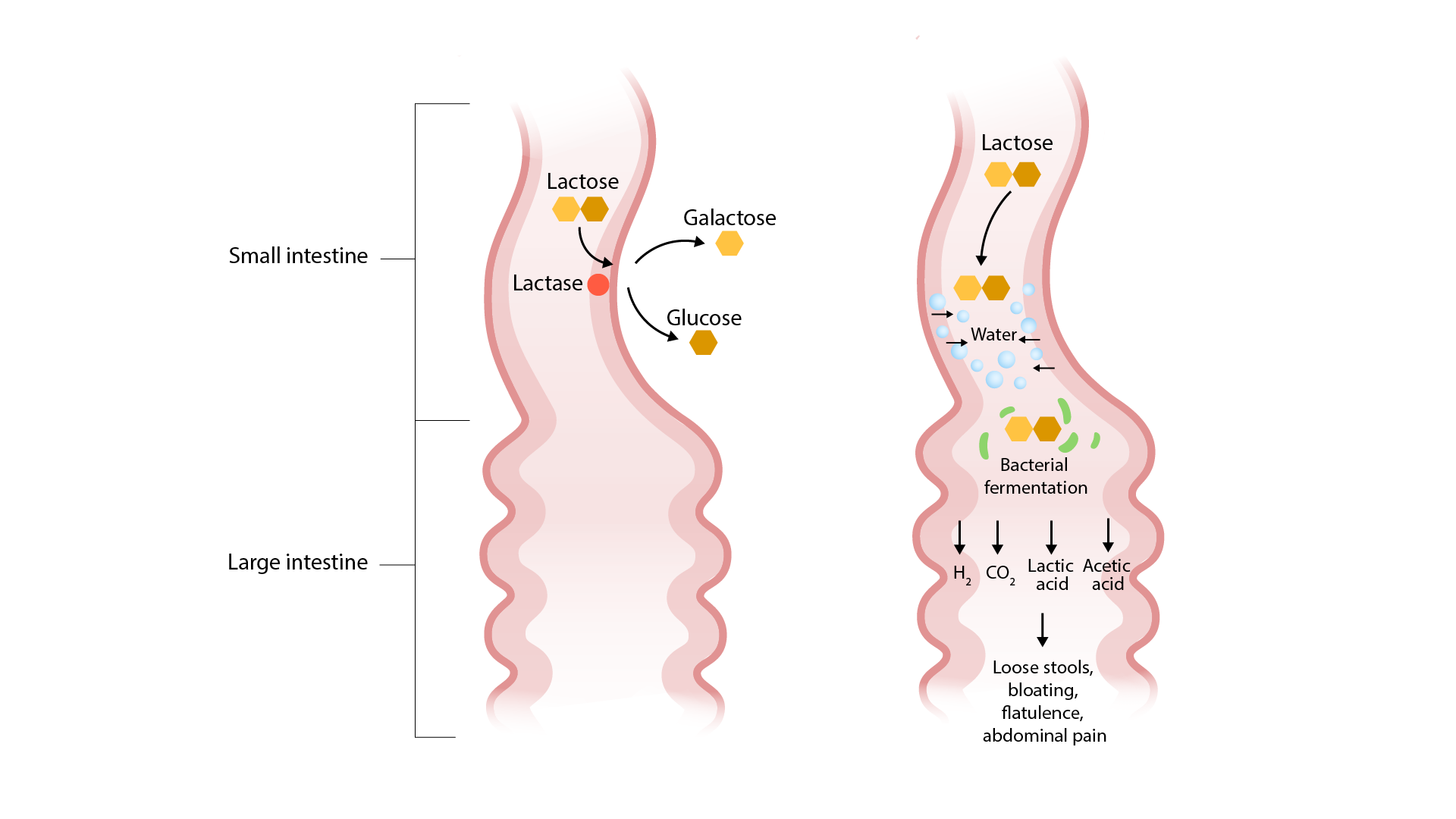Playlist
Show Playlist
Hide Playlist
Chronic Diarrhea
-
Slides Small and large bowel.pdf
-
Download Lecture Overview
00:01 Chronic diarrhea. Another definition, greater than four weeks. 00:05 Steatorrhea, this then means, steato means lipid. 00:10 For example you've heard of steatohepatitis or steatosis in the liver and there would be accumulation of lipid. 00:19 So, steato, the prefix means lipid. In this case, steatorrhea is defined as 70 g per day of fat. 00:28 That's a lot of fat that you're losing. Why? Because of malabsorption. 00:33 Why? Well, maybe gastronoma, maybe celiac disease in which there is going to be destruction of the microvilli. 00:41 And when such an event takes place, there'll be malabsorption. 00:46 And so therefore the stool that your -- that is being evacuated is going to be highly rich in lipid, you know, so therefore is going to be extremely uncomfortable for the patient. 01:00 Abdominal pain and cramps with diarrhea chronically. 01:04 Systemic symptoms such as fever, weight loss, arthritis, uveitis could be seen with the chronic diarrhea and signs of nutritional deficiencies because over a long period of time with a chronic diarrhea, you can only imagine that you're losing quite a bit of nutrients. 01:21 Let's take a look at evaluating your chronic diarrhea. 01:24 Stool studies: culture, O and P stands for ova and parasites. 01:31 And C. diff assay perhaps if you're suspecting the patient being at hospital antibiotics. 01:37 And for clearing everything out, C. diff wins the battle, end up having diarrhea secondary to C.diff, fecal leukocytes and osmolar gap. 01:46 Let's take a look at that osmolar gap. 01:48 The equation in 290 which is approximately your plasma osmolarity. 01:53 From that, you subtract your cations which include sodium plus potassium, multiply that by two. 01:59 A 72 hours stool collection for volume and fat would be often times the go standard if you worry about malabsorption. 02:08 In stool phenolphthalein for laxative abuse; though taken off the market by FDA. 02:15 Let's note that as being a historic fact. 02:18 Let's go into malabsorption. Now, the evaluation that you wanna conduct with mild absorption. 02:24 D-xylose test. Hydrogen breath test. 02:29 Serum vitamin, iron and ferritin measurements with malabsorption. Endoscopy. 02:35 You wanna check to see as to whether or not, is everything okay in the intestine? There's something called the wireless capsule endoscopy for small bowel. 02:46 Radiologic studies (small bowel series) is very important for you especially radiologically and maybe perhaps your CT enterography. 02:56 So either your evaluation for carbohydrates, maybe you're looking for organisms. 03:01 Obviously you're looking for issues where maybe your patient is iron deficient maybe because of a blood loss and vitamins and such; fat-soluble, water-soluble vitamins or it depends.
About the Lecture
The lecture Chronic Diarrhea by Carlo Raj, MD is from the course Small and Large Intestine Diseases: Basic Principles with Carlo Raj.
Included Quiz Questions
According to the definition, how many weeks must diarrhea be persistent to qualify as chronic diarrhea?
- More than 4 weeks
- More than 2 days
- More than 5 months
- More than 6 hours
- More than 3 hours
According to the definition, how much fat is excreted per day in a patient with steatorrhea?
- More than 7 grams per day over the normal daily expectation
- More than 6 grams per day over the normal daily expectation
- More than 5 grams per day over the normal daily expectation
- More than 4 grams per day over the normal daily expectation
- More than 2 grams per day over the normal daily expectation
Which of the following would NOT be a part of the evaluation for malabsorption?
- H. pylori test
- D-xylose test
- Hydrogen breath test
- Serum vitamin, iron, and ferritin measurements
- CT enterography
Which of the following is the formula to calculate the osmolar gap?
- Osmolar gap = 290 - 2(Na+ + K+)
- Osmolar gap = 290 - 2(Na+ + Ca2+)
- Osmolar gap = 290 - 2(Cl- + K+)
- Osmolar gap = 290 - 2(Na+ + HCO3-)
- Osmolar gap = 280 - (Na+ + K+) /2
A 26-year-old woman presents with chronic diarrhea that she has had for 5 weeks. Her stool studies show a sodium level of 35 mmol/L, a potassium of 95 mmol/L, and a chloride of 10 mmol/L. What is the osmolar gap?
- 30
- 40
- 35
- 45
- 25
Customer reviews
5,0 of 5 stars
| 5 Stars |
|
1 |
| 4 Stars |
|
0 |
| 3 Stars |
|
0 |
| 2 Stars |
|
0 |
| 1 Star |
|
0 |
Thank you for such a good lectue. This has clarified things in my head and organize the topc.






